Railroads built Roanoke, but Norfolk Southern slowly but surely abandoned the “Magic City” that it sparked. City leaders looking for new avenues decided to emphasize technology.
Tech Town is a four-part series looking at how the effort started and where it is now.
Read the other articles: Introduction.
Carilion Clinic was facing a dilemma at the end of the 20th century.
It was hemmed in at its flagship facility, Carilion Roanoke Memorial Hospital, in Southeast Roanoke. The Roanoke River and railroad tracks wound through much of the surrounding industrial zone. Milling silos dominated the skyline.
Clinic leaders had discussed the possibility of moving from that downtown hub, maybe to the Hollins University area in Roanoke County, and it was very important for the city for such a key employer to stay, former City Manager Darlene Burcham remembered.
“If Carilion moved out of the city, all their employees would no longer be a part of the everyday comings and goings, and the businesses and restaurants and banks and other retail would lose a large customer base, perhaps even residents [from] the largest employer in the city,” Burcham recalled.
[Disclosure: Carilion Clinic is one of our donors, but donors have no say in news decisions; see our policy.]
This was the situation she faced as the incoming city manager, even before her planned start in January 2000. Council members and then-Mayor David Bowers asked her to get on it right after they hired her in October 1999. The city needed to be on top of the issue, she remembered.
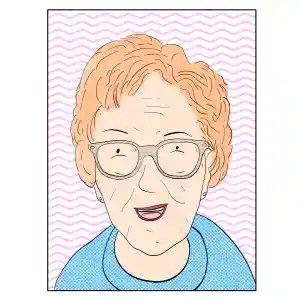
“My first assignment before I was officially the manager was to try to forestall that move and find ways to encourage the expansion of Carilion in its current location,” Burcham said in a phone interview from Franklin, where she was interim city manager until recently.
The plan was to transform the 23-acre industrial corridor on south Jefferson Street. Roanoke leaders chose biotech as its best chance to replace the railroad economy. Nearly a quarter of the way into the 21st century, the skyline there is made over.
Imagine yourself driving a Toyota Prius south on Jefferson Street about 2000. As you crest the bridge past Walnut Avenue, headed toward the hospital, you see a dusty industrial zone. Grain mill towers, a building supplies store, a scrap yard and lots of railroad tracks dominate. Other industrial buildings lie low near the river.
Imagine yourself a quarter-century later, cruising the same stretch in a Hyundai Ioniq. Crest that same bridge and you see gleaming buildings devoted to medical education and biotechnology. On the right is the Riverside Center for Research and Technology. It’s home to Fralin Biomedical Research Institute and the Virginia Tech Carilion School of Medicine, plus multiple Carilion Clinic buildings, a hotel and a parking deck — all within sight of the hospital.
Facing that complex from the east side of Jefferson are two multistory apartment buildings. They bookend a lumber warehouse converted to a restaurant, coffee shop and brewery. The outdoor concert venue Dr Pepper Park is adjacent.
The city’s old trolley barn remains standing next to the concert stage. Carilion houses a training center for medical students there.
The medical school was founded in 2007, and teaching began in 2010. This year the medical school announced plans to expand in the same area.
“Look at what has happened since, the med school, research center, the expansion, apartments, etc.,” Burcham said in an email exchange. 
Fralin Biomedical started with one employee, founding director Michael Friedlander. Almost 400 faculty, researchers, students and staff have joined him since then. Experts including artificial intelligence-based brain researcher Read Montague and cellular researcher Robert Gourdie work there. Last year it received a $50 million gift from Richmond-based Red Gates Foundation for hiring and research in cancer, Parkinson’s disease, childhood epilepsy and addiction studies.
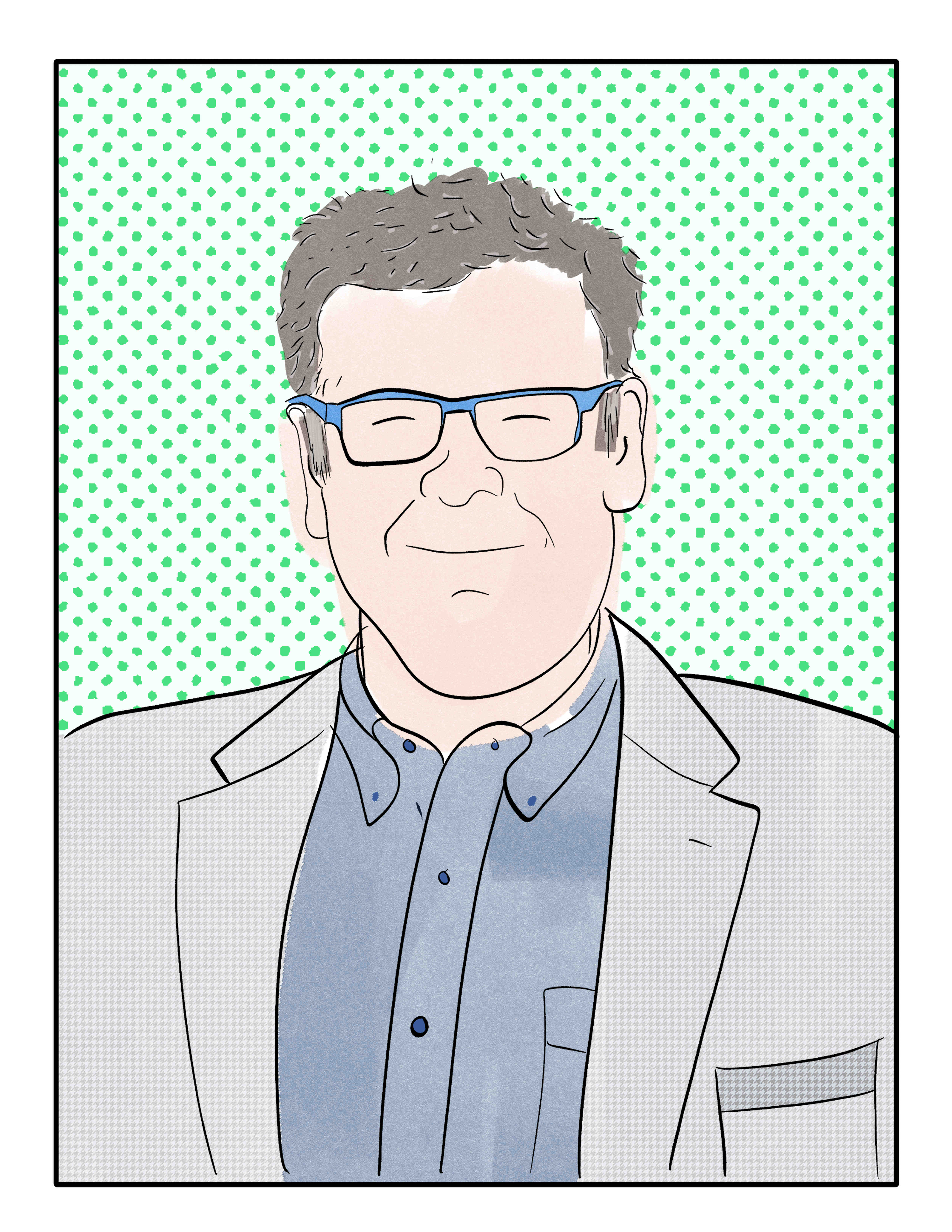
The new version of a South Roanoke horizon came with a city investment of $20 million and more than $200 million from private investors, according to the city’s website. Carilion bought property on both sides of the Riverside Center site. It sold land on the east side for the business and residential development and on the west side for a hotel and restaurant.
The path wasn’t always unobstructed. Established and successful businesses operated within blighted areas, and they pushed back against the city’s move to buy them. Some city officials and residents didn’t see the full potential for it and focused instead on saving an adjacent property, historic Victory Stadium, from the wrecking ball.
Nelson Harris, who was on city council at the time and was mayor for a portion of Riverside Center’s development, said it was “the right thing at the right time.” Roanoke was losing Norfolk Southern, its major employer for decades. Businesses including Advance Auto Parts were decreasing their presence here.
“Everything kind of fell into place through the hard work of a lot of folks at [Virginia] Tech, at Carilion, at the city of Roanoke, and it truly has been and will continue to be transformative for the city of Roanoke,” Harris said.
“And I shudder to think, I truly do, if this had not happened … what our local economy would look like or be like. … It’s brought people downtown to live. It’s brought a cadre of professionals, both medical and otherwise into the valley that we would not have had without the Riverside Center.”
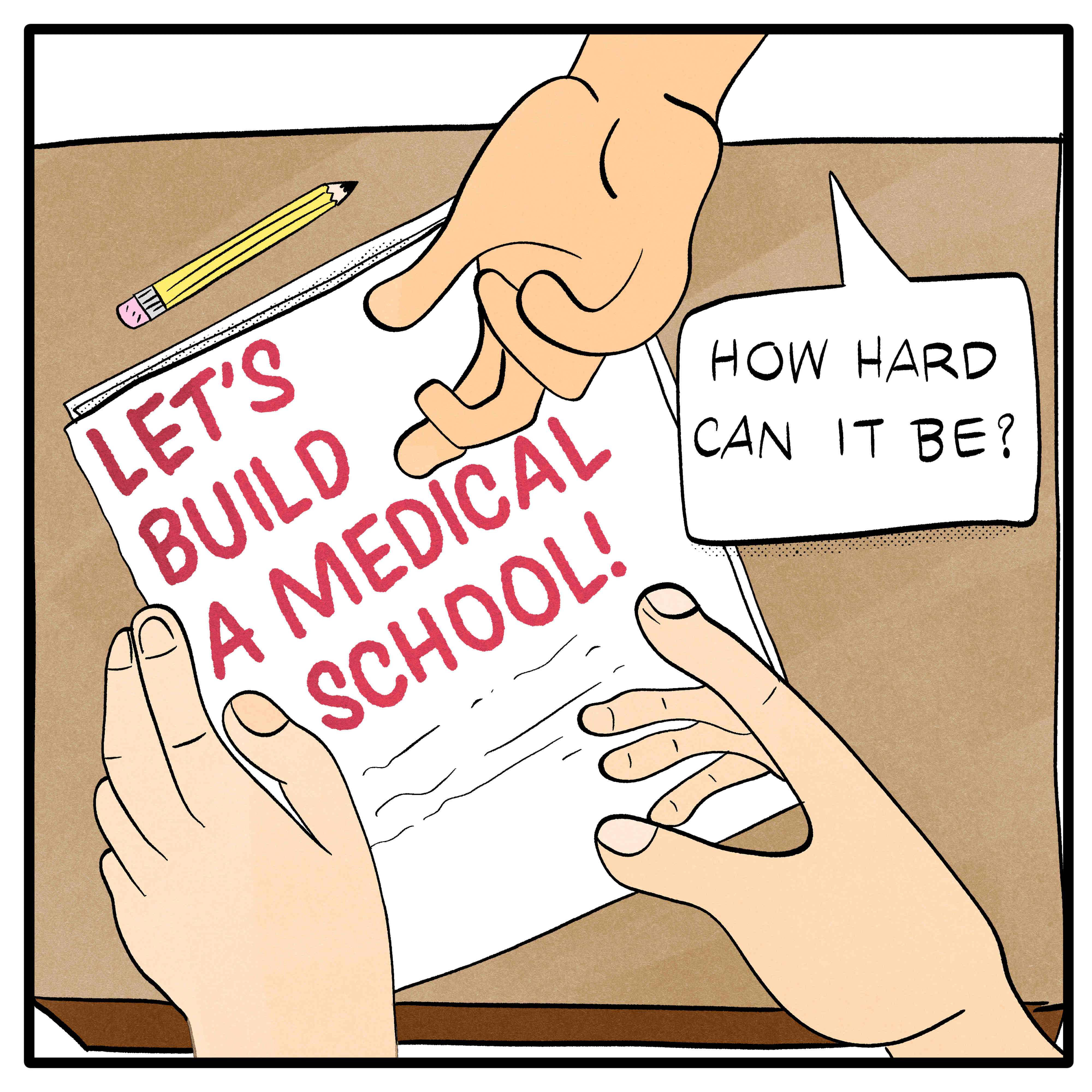
As the city formulated plans to acquire the property, Carilion’s then-CEO, Dr. Edward Murphy, was building a relationship with Virginia Tech’s then-president, Charles Steger.
Together, they dreamed up the medical school and what was originally called Carilion Biomedical Research Center. Recently retired Carilion President and CEO Nancy Howell Agee was the clinic’s vice president and chief operating officer at the time. She remembered a luncheon where Murphy and Steger, seated near each other, struck up a conversation.
“Ed came to my office later that afternoon. and sort of reared back and said, ‘How about we start a medical school? How hard can that be?’ And he said, ‘Would you get on it?’ And it was like, oh my gosh, OK, here we go.”
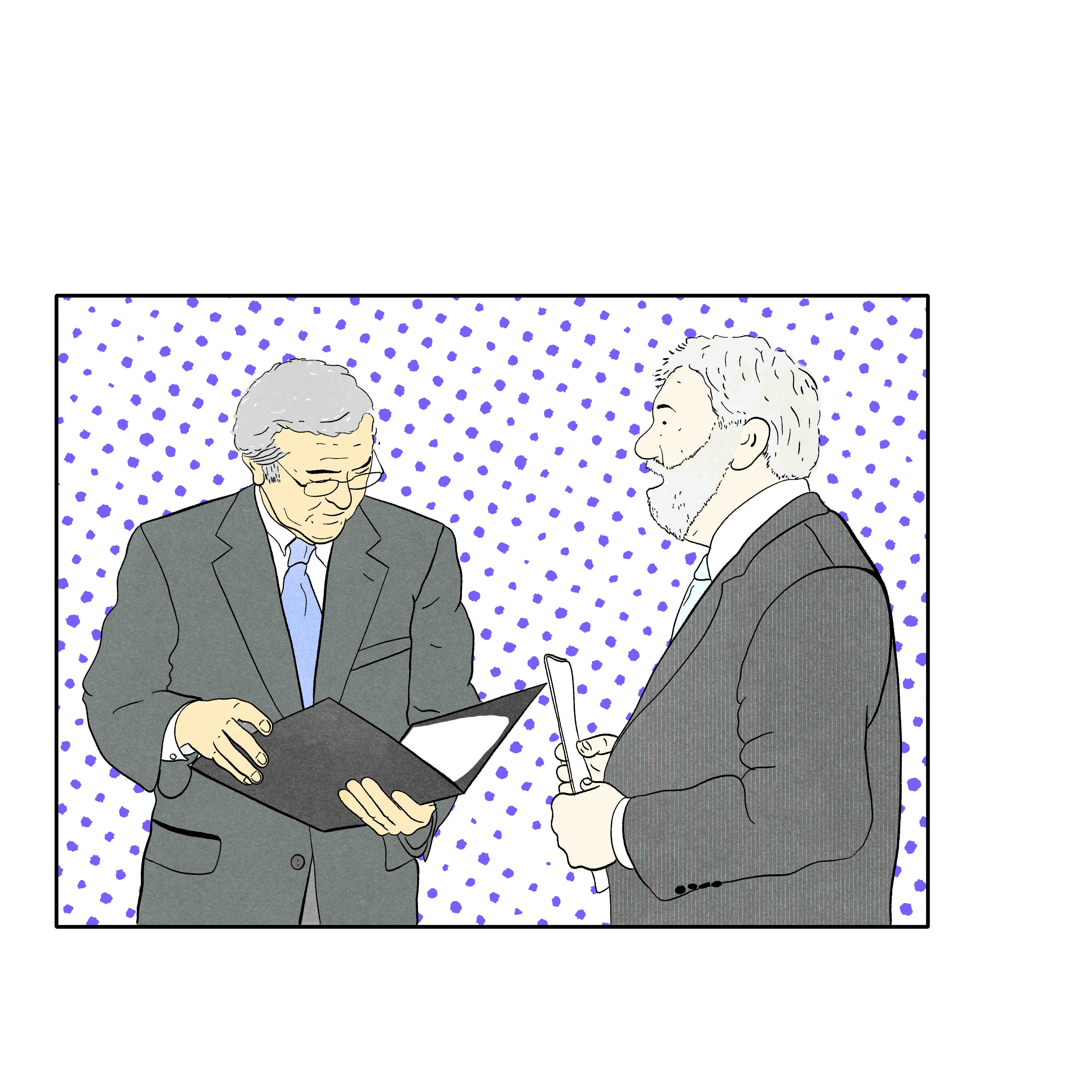
She called their partnership a “transformative event” for both sides.
“Before, we were good friends, you know, just sort of two entities doing our own thing, occasionally coming together,” she said. “Virginia Tech had and has a lot on its plate. Carillion had and has a lot on its plate.”
Steger had announced his intention for Virginia Tech to be a top-tier research university. As Tech officials began to explore what that meant, they recognized it would likely involve a medical school, Agee recalled. Carilion was evolving its model, yearning to go beyond a strong graduate medical education program and have a medical school, she said.
Carilion officials wanted to be in the Mayo Clinic category, she said. Murphy himself, in a 2008 interview with Roanoker magazine, listed Mayo first among institutions including Cleveland Clinic, Lehey Clinic in Massachusetts, Texas-based Baylor Scott and White Clinic and Louisiana’s Ochsner Clinic Foundation.
“It just seemed, you know, part of the gravitas of where we were heading and what our vision was,” Agee said. “It was by serendipity that the two ideas came together, literally, at a luncheon.”
Burcham remembered traveling with a contingent to the Mayo Clinic’s home, Rochester, Minnesota, to get a better idea of what that meant. Among the things Burcham saw were lodgings centered on patients’ family needs.
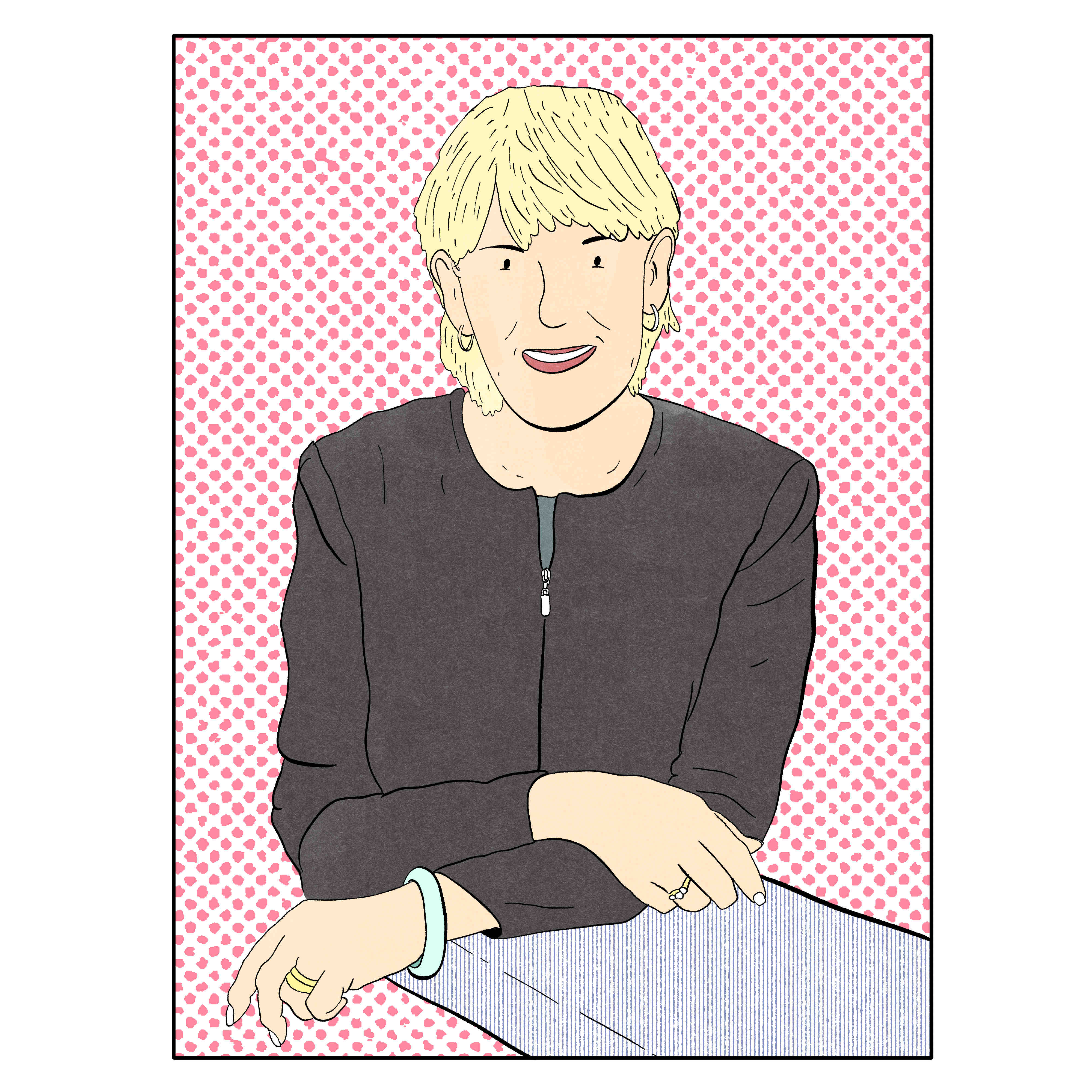
“One of the efforts that we did make, and one of the first things that actually appeared physically on the ground, was the [SpringHill Suites] hotel, because that meant people had a nearby location overnight as an outpatient, as well as if there were family members. And of course there were other hotels in the area. But again, we were trying to locate as much as we could in that immediate area.”
The Mayo was among several clinics that Carilion officials, including Agee, visited as they sharpened the focus. Agee said they found gracious hosts willing to share what took them 100 years to realize.
“We adapted our own model, changed our organization significantly to a physician-led model focusing both on hospital care and clinical care,” she said. “A real focus on primary care coupled with very advanced clinical care. And where we are now is very far into that journey. And we’ve laid the foundation. … Our goal is that no patient should ever have to go anyplace else for any care … and we’re on the cutting edge.”
Such plans required land, and a lot of people were involved in the effort to create Riverside Park, said Bill Bestpitch, who was a city council member at the time. Burcham was chief among them, he said.
“At the same time, we were still trying to finish acquiring the properties that were right in the Roanoke River floodway, to get them away from where the greenways are all now” and mitigate flooding in the area, Bestpitch said. “I think her efforts have never really gotten the recognition that she should have gotten out of that.”
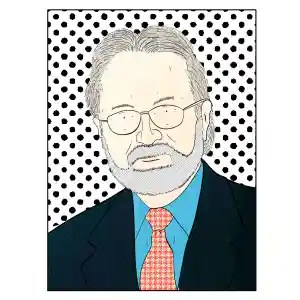
Burcham remembered a team of city staff members and staff at the Roanoke Redevelopment and Housing Authority. They “worked mightily” to devise a plan to purchase the properties that are now the parking garage, the medical school, biotech research center and what would become the SpingHill Suites hotel.
On a parallel track, the city had to work with the Department of Environmental Quality on certain parts of both sides of Jefferson Street. Much of that area was classified as brownfields, with contaminants including polychlorinated biphenyls (PCBs), lead, arsenic and iron, according to an Environmental Protection Agency document. All of it was cleaned up and a scrapyard there was capped in time for the medical school’s completion.
Ultimately, Carilion was “very pleased” with the city’s plan, Burcham said. The clinic agreed to a contract with the city and its housing authority. Carilion would buy and develop the property by Reserve Avenue and Jefferson Street. For its part, the city and housing authority needed to acquire the properties beforehand and clean up the area, some of which was categorized as brownfields, city officials of that era said.
The housing authority acquired most of the land by 2002. It was ready for sale to Carilion by 2006, according to the city website. The clinic began construction that year and sold parts of the property to developers with plans for apartments, food and beverage businesses and a hotel.
“Now every day, it’s just like we’ve been here forever,” said Agee, who retired last year, having been the clinic’s CEO since 2011. “But when you remember where we were and to think about just in the last dozen years, how remarkably changed … it’s just been remarkable, this vision that’s now a reality.” 
Stephanie and Jay Burkholder bought 3 acres on Reserve Avenue in 1999. The property, which featured a flooring business, was an investment. They spent less than $200,000 for it.
“That was at a time where Carilion was buying up everything from all the way down Jefferson and buying things on Reserve as well,” Jay Burkholder said. “They had bought that corner property that was the old Moore’s Lumber yard. We knew that that was going to be a desirable location, and so we had purchased it with the idea of, you know, probably Carilion will want this down the road, and we’ll be able to sell it to them.”
But it wasn’t Carilion that came calling about the tract. The Roanoke Redevelopment and Housing Authority condemned the property and made two offers, $1.02 million and $1.53 million, according to reports in The Roanoke Times. The Burkholders rejected both and took the authority to court.
Their land was not blighted — abandoned, hazardous or otherwise dilapidated — though it was surrounded by properties that were, Jay Burkholder said. Nowadays, a Virginia law passed in 2007 and a state Supreme Court decision a few years later would prevent such a land seizure. The Burkholders had to take it to a jury.
“It was just frustrating, because the city did for themselves exactly what we had planned to do,” he said.
The jury decided the property was worth $2.2 million, according to a Roanoke Times story.
“We thought it was reasonably fair, I suppose, I mean, as fair as that process can be,” Jay Burkholder said.
In hindsight, the result “worked out OK for everybody,” he said. “It was certainly a stressful time. But you know … no one could look at the Jefferson/Reserve area down there and not think it ultimately was a good thing for the city. It clearly is. It’s what they call progress, I suppose.”
Part of the property, which Carilion bought from the housing authority, is a staging area for ongoing construction in the area. A telehandler forklift stood near railroad cars used for storage on a recent drive past. The Burkholders are retired and “enjoying life,” he said. They sold their share of the flooring business. It is called Surfaces by Barrows and stands in a Roanoke industrial zone.
Burcham, the onetime city manager, said that she has no regrets regarding the city taking unblighted land.
“All the land was purchased by the Housing Authority with the goal of its future development in support of Carilion’s future growth,” she wrote in an email exchange. “And I am confident that it will be used in the future.”
The city and Carilion worked with such businesses as Wimmer Tire and Surfaces Inc. to relocate. The housing authority bought the Mennel Milling property after lengthy negotiations for $8 million, then sold it to Carilion for $2.569 million, The Roanoke Times reported at the time. The mill’s owners moved their business to Roanoke County.
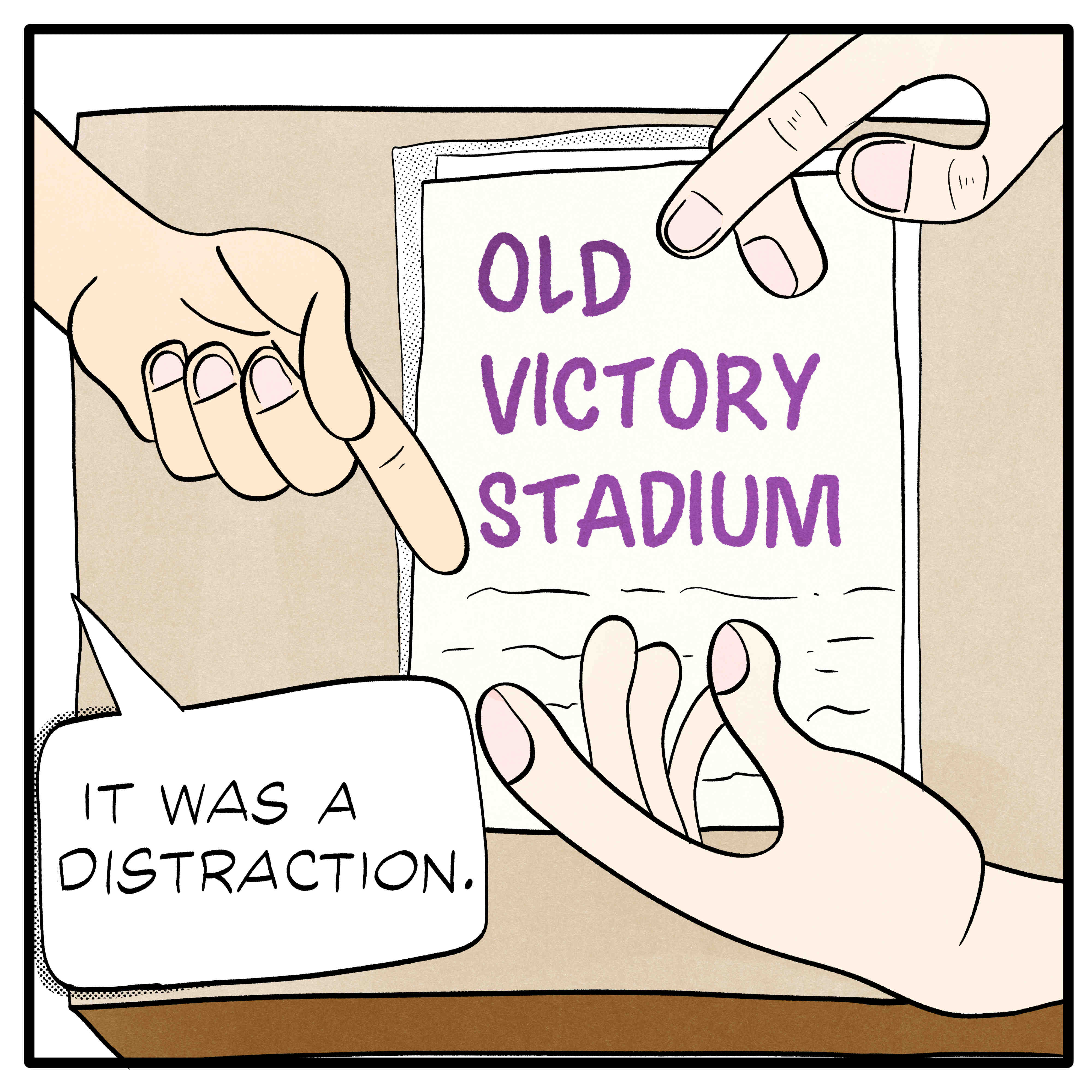
One of Riverside Center’s neighbors, Victory Stadium, and its fate were the bigger news, former Roanoke Mayor Ralph Smith said. The stadium was built in 1942 on flood-prone ground by the Roanoke River. It had hosted football games between Virginia Tech and Virginia Military Institute. The state championship football game depicted in the movie “Remember The Titans” happened there. A Dave Matthews Band concert drew 30,000 people.
Smith, mayor from 2000 to 2004, advocated for its preservation. The stadium had seen better days, though, and would cost millions to renovate, Burcham and other council members determined.
After arguments both at city hall and in court, council opted for demolition. The city built Rivers Edge Park, a multiuse athletic field site, in its place.
Riverside Center didn’t cause nearly as much controversy, Smith said. There were skeptics but no serious opposition, as had been the case with the stadium. Still, he did not imagine it would grow into what it has become.
“I would have to say it has, at this point in time [has] certainly succeeded more than I think I and most would imagine,” Smith said.
Some in those years thought that Carilion had its eye on the Victory Stadium property, but that wasn’t true, Agee said.
“It was tangential,” she said. “We were more concerned about, you know, Reserve Avenue. Victory Stadium … was a distraction. The city had to make some decisions … were they going to invest in the stadium or do something differently. I give Darlene a lot of credit for looking out and thinking through what, what could this look like, be like and sort of taking the hard knocks to make things happen.” 
A residential and service industry was about to spring up, as well. On the west side of Jefferson Street, a group of developers including former City Manager Bern Ewert and his son, Aaron Ewert, began the work of what would become the South16 at the Bridges apartment complex.
They renovated the lumber shed for the Starbucks, Moe’s Southwest Grill and Starr Hill Pilot Brewery & Side Stage. They made plans for the outdoor concert space that would become Dr Pepper Park. They renovated the trolley barn next to Dr Pepper Park that houses the Virginia Tech Carilion School of Medicine’s Center for Simulation, Research and Patient Safety. The developers, with free help from local businesses, even added a kayak launch.

The plan at first was for just one apartment building, and some service businesses. But things took off in what Aaron Ewert called Roanoke’s new downtown.
“So South16 and, of course, Starbucks came in as our first tenant, which is big because people were always like, I don’t know if I’m gonna come down here,” Ewert said.
Some businesses were reluctant to move there, but Ewert said he would remind them that the coffee giant was moving in.
“You do marketing studies to see if people are gonna come, you know, the whole thing was dirt. It didn’t look like it does now,” said Ewert, business development manager for a Roanoke Valley-based contracting company. “And so people were afraid and of course I’d say to them, I think that Starbucks probably has done their due diligence.”
Moe’s, a fast casual Tex-Mex eatery, came next, and Charlottesville-based Starr Hill followed, with its first of what are now six satellite locations.
“That was a huge, huge deal for us,” Ewert said of Starr Hill’s tenancy.
Those businesses showed themselves to be sustainable successes, spurring the developers to go ahead with the second apartment building.
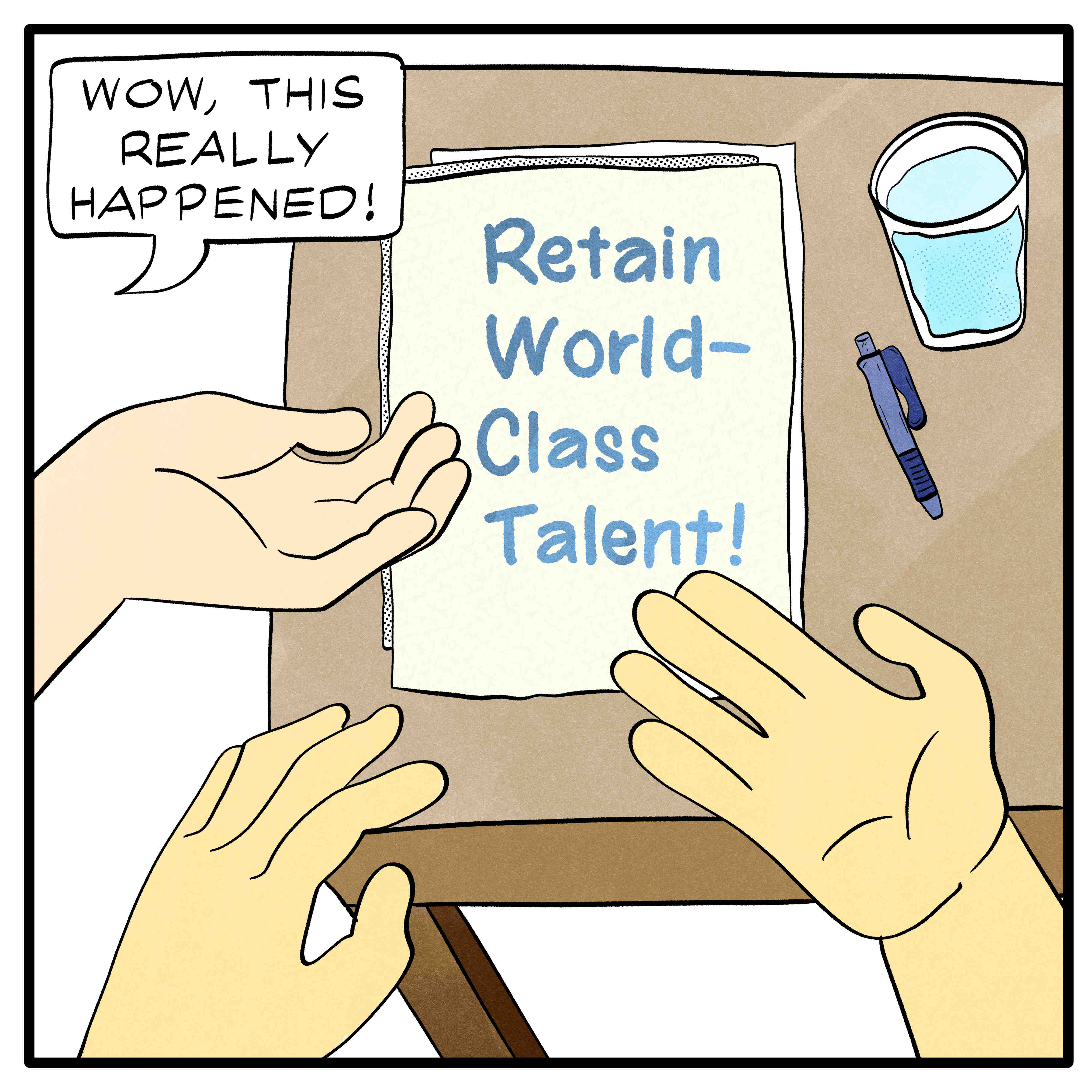
The medical school is fully accredited. The Fralin Biomedical Research Center received a $50 million gift from a Richmond benefactor, and there is more room for growth around the Riverside Center.
Burcham lasted more than a decade in Roanoke, then was town manager in Clifton Forge and Pulaski. She returned to Roanoke, which she made her permanent home, and looks forward to watching the city continue to grow.
“I think we did the right things,” Burcham said. “I think we had a problem that became a wonderful opportunity.”
Roanoke’s municipal focus on the area and the clinic’s partnership with Virginia Tech has been “a real shot in the arm” for recruiting and retaining world-class physicians, researchers and educators, Agee said.
“We have a research institute that is phenomenal and … we have a medical school that’s in the top 100,” she said. “You have to step back sometimes and say, wow, this really happened and is happening and is even larger than we ever imagined.”




Comments are closed.